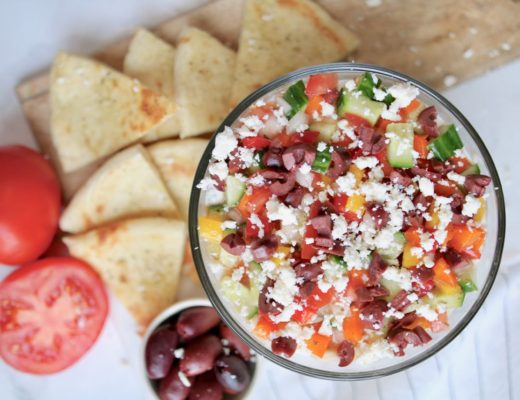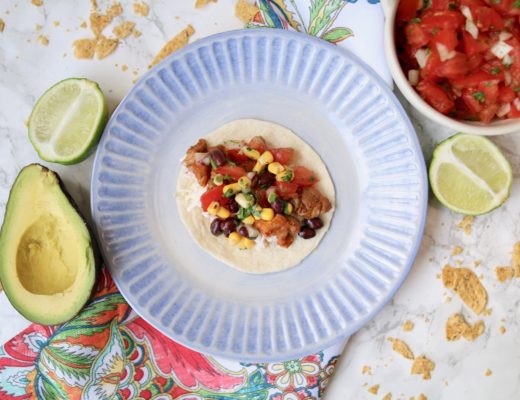This post is sponsored by Saputo. All thoughts and opinions are 100%
my own.
In the last decade, charcuterie and cheese boards have become a wildly popular food option to serve at just about any gathering. Even at many restaurants, you can now find charcuterie offerings in the appetizer section of the menu. While the rise in popularity has been quite drastic in the last number of years, charcuterie and cheese spreads have been around for years. While I’m not an expert on the history of the meat and cheese boards, I can confidently say that after serving them up time and time again at various parties we’ve hosted, just about everyone loves a good charcuterie spread!

So today we wanted to share with you how easy it can be to put a spread like this together the next time you host family and friends. It takes very little preparation, other than shopping the deli aisles at the grocery store, and really can be pulled together in no time flat which is perfect for many of us with very busy lives. Before we get too far into this, I wanted to point one thing out, which you may have already noticed – charcuterie and cheese boards are two different things, although the term “charcuterie” is often used to identify the entire spread these days. Charcuterie is a French word that means “smoked, dry-cured or cooked meats.” Many people think it also means cheeses, but that’s not the case. If you try to order charcuterie at most restaurants, you will only get meats, unless otherwise stated. So that’s why when we talk about this meat and cheese spread, we will always say a “charcuterie and cheese spread” to include the cheeses.
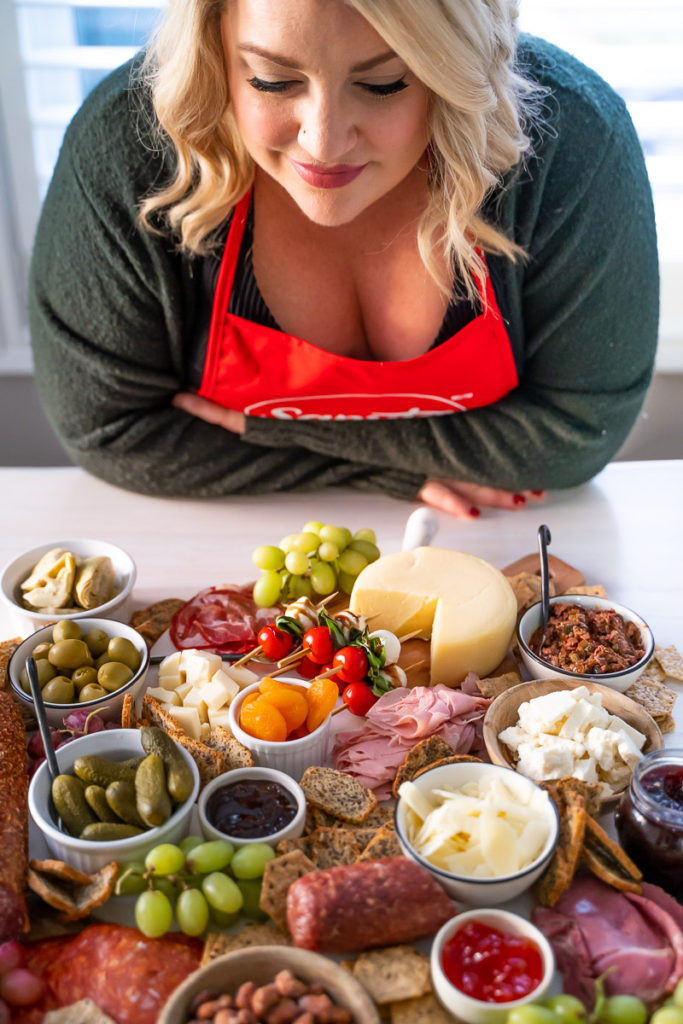
When it comes to charcuterie and cheese spreads, in my opinion, there’s no
wrong way to do it! I think that’s why I like them so much. I’m a creative person who doesn’t always like to follow the “rules” (aka recipes/ingredient lists) so when it comes to setting up a spread like this, it feels like the sky is the limit and creativity is the name of the game! No two charcuterie/cheese spreads will or should ever look the same! So for this particular spread, we’ve used six of our favourite Saputo cheese: Parmesan petals, Ricotta, Feta, Mozzarellissima, Bocconcini, and Friulano. Now a few of those might seem strange for a cheese spread right off the bat, but as I said, the sky’s the limit when it comes to pulling these spreads together.

Although I just said I hate following the “rules”, a good rule of thumb to follow when setting up a cheese board is to have a good variety across the board – from soft to hard in texture, from ripened to aged, from mild to nutty to tangy in flavour! What makes these spreads so pleasurable is the variety of flavours and textures for the palette, which often leaves guests wanting more!

Let’s take the ricotta for example – you don’t often see that on many cheese
boards, but is an amazing cheese that should never be left off! It’s a diverse
cheese that can be enjoyed both hot or cold, stuffed inside things or serve on it’s own. It’s mild and delicate in taste and for a cheese spread is perfect to be served on top of a cracker along with some jelly!

Now, moving into the charcuterie part of this spread, meats are a very important player as well when setting this up. Typically the meats included in a charcuterie spread are meats that have been cured and smoked such a salami, prosciutto, ham and so on. Similar with the cheeses, you’re going to want a good mix of mild and spicy, softer and more chewy bites.
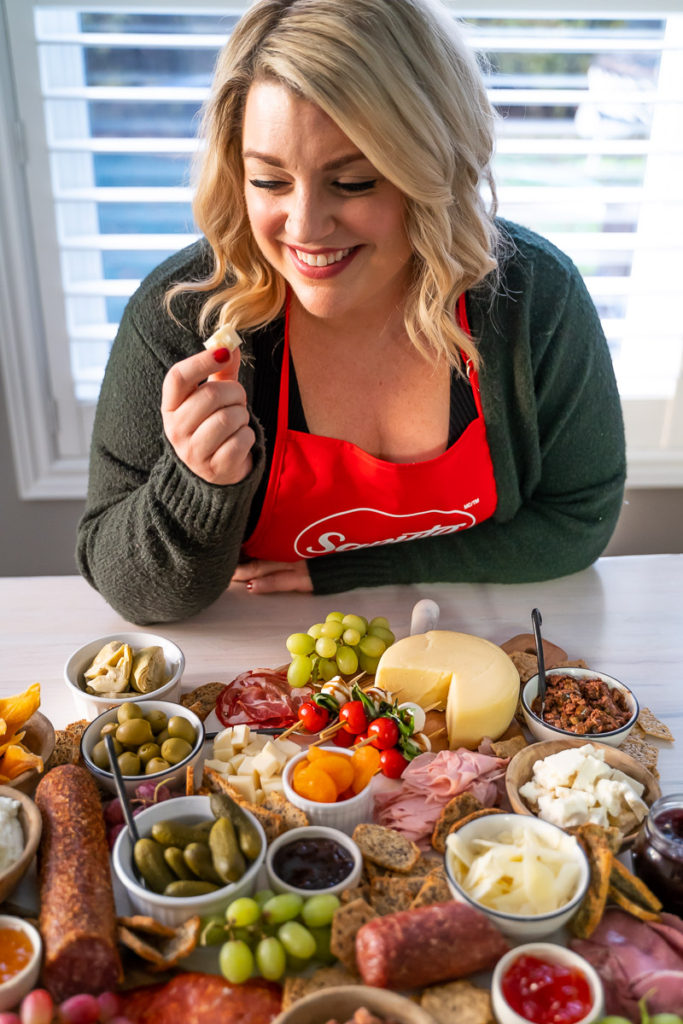
Our go-to meats usually include: prosciutto, various types of salami’s – both pre-sliced and uncut (still in casing), various types of cold cuts such a traditional ham, mortadella, and capocollo. We also love including chorizo which is a type of pork sausage and can be found both mild or spicy!

After you’ve figured out all the meats and cheeses you want for your spread, it’s time for all the additional add-ons! Typically, these items are quite common on an antipasto platter and include everything from olives and pickles to artichoke hearts and roasted red peppers. This also includes all your breads and crackers.
A good guideline to remember when it comes to bread and crackers for a
spread like this is to keep it pretty basic. The bread is just the vehicle for all the amazing meats, cheese and spreads…it’s not the superstar of the show. So keeping the bread and crackers simple helps let the other superstar.
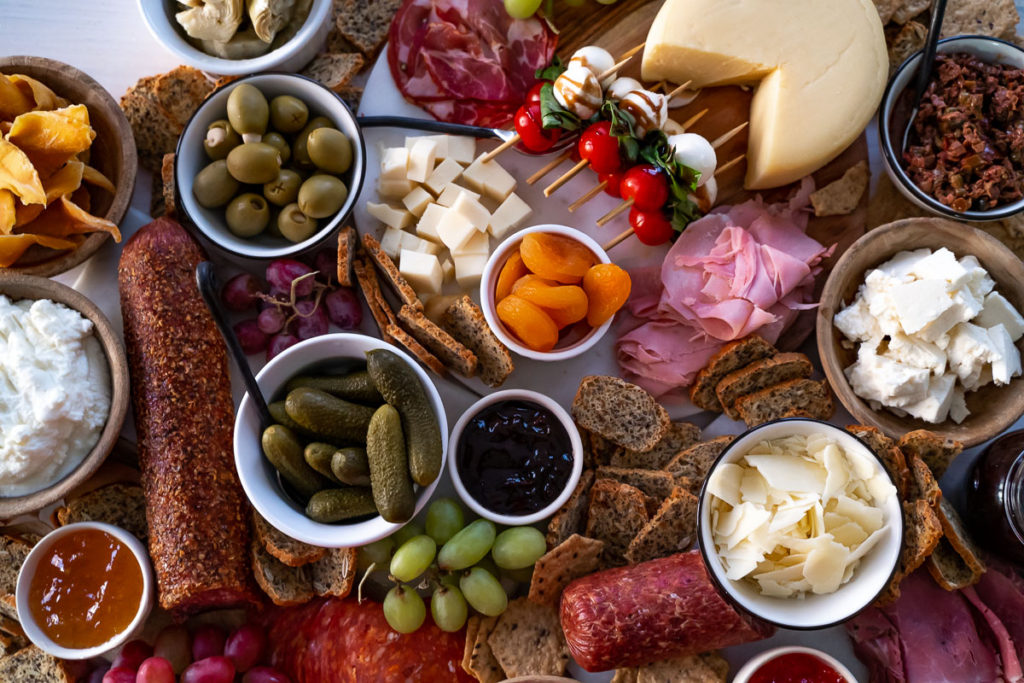
Getting to the jellies and spreads, there are so many amazing items you could use. Just take time perusing the deli aisles at the grocery store and you will be amazed at the options out there – everything from red pepper, mango, sour cherry (and more) jellies to caramelized onion spreads and all kinds of olive tapenades. Again, the options are endless here for what you can serve up alongside the meats and cheeses.
The final ‘adorning’ pieces for the spread are fruits and nuts. These are not
necessarily traditional when serving charcuterie and cheese spreads, but we love to add them in for color, texture and variety! Fresh fruits such as figs and grapes make for perfect pairings with the cheeses. When it comes to dried fruits, we love to include apricots, mango, dates and raisins/craisins. And then we always set out some nuts – pistachios are a great option as well as any kind of candied nut mixture.

Phew! I know that’s a lot of information to take in, but trust me when I say it’s so simple as there really is no wrong way to do a charcuterie and cheese spread. Get creative, try new flavours and experiment with various add-ons and I guarantee your guests will be wowed with what you come up with!
Happy Eating!
Love & Blessings,
Christine



